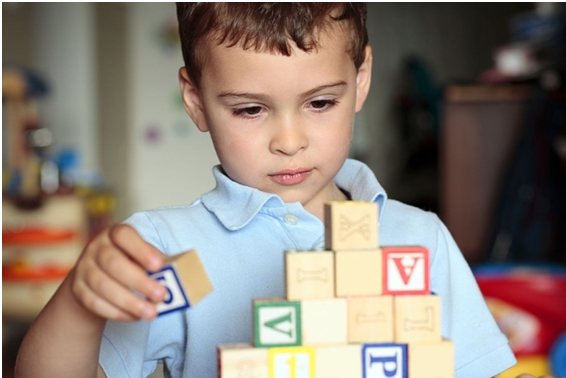
Phobias, or irrational fears, all of these are comparatively common ailments. There are countless types of phobias suffered by young learners. Understanding childhood fears and phobias will help you in crafting your student counselling techniques. The major difference between “normal” distress and a phobia is the amount of anxiety intricated along with the length of time that a high level of anxiety continues.
Whatever the cause behind the development of phobias, these are mendable conditions that can be abated and even eradicated with cognitive and behavioural healing techniques as well as medication. There are several accounts for why phobias develop, there’s no single reason behind these conditions. Some dreads grow when someone has a frightening experience with a particular thing or situation while sometimes there may be not a single event that causes a particular phobia.
Phobias in Children
A phobia is an extreme terror of an object or condition and usually lasts for at least 6 months. It is a type of anxiety sickness and sometimes, most phobias start in childhood or adolescence and remain into adulthood. Therefore, it is necessary to address those within time to avoid some serious mental issues in future.
Precise phobia – A kid may have anxiety when exposed to a specific object or situation. He or she may try to stay away from that object or situation, fears it, or undergoes so much anxiety that it affects normal activities. Some of the most common phobias are a fear of animals, insects, blood, heights, or flying.
Agoraphobia – This is a kind of fear of open places, such as being outdoor or leaving home alone. It is connected to one or more fears or the dread of having a panic attack.
Panic ailment – A child may feel an impulsive, unanticipated period of great fear or distress and he or she may have a panic attack. Indications consist of shortness of breath, vertigo, light-headedness, shaking, fear of losing control, a sprinting heartbeat, and so on.
Parting anxiety – A kid worries about being separated from an attachment figure, such as a mother or father or any family member who is close to the kid. This condition also affects his day-to-day activities.
Social nervousness – A child may feel nervous or afraid of one or more social or performance circumstances with others of the same age group. Instances like performing in a school play or giving a speech in front of the class, etc. In many cases, these phobias can become so unadorned that kids avoid events and places too.
Ophidiophobia – It is a fear of snakes and is quite common among young learners.
Astraphobia – This is also common among young learners. It is a fear of thunder and lightning. Children with this phobia experience devastating feelings of fear when they face such weather-related phenomena.
Trypanophobia – It is the fear of injections and this sometimes causes individuals to avoid medical treatments and doctors. When they encounter these situations, people experience feelings of extreme fear and elevated heart rate.
Some other common phobias in children consist of:
- Blood
- Darkness
- Feeling unwell or faint
- Sweating, nervousness, and blushing
- Chest pain or tension
- Confusion and puzzlement
- Claustrophobia
- Mysophobia
- Hypochondria
- Necrophobia or thanatophobia
- Aquaphobia
We are sure there are many more but these are some of the most common observed phobias among children.
What are the indications of phobias in a kid?
Well, each child may have diverse symptoms; however, these are the most communal:
- Augmented heart rate
- Sweating
- Quivering or shaking
- Shortness of breath
- Feeling of unpleasant
- Chest pain or uneasiness
- Upset abdominal
- Feeling woozy or faint
- Fear of losing control
- Fear of failing
- Detachment
- Chills or hot flares
- Avoiding the object of the phobia
Do you know experiencing 4 or more of these indications in a single episode is referred to as a panic attack?
Phobias can be treated by the individual or cognitive behavioural treatment, family therapy and medicines. Naturally, parents play a crucial role in any treatment progression. Parents can discuss with their child about his or her anxieties, and be sympathetic. They may encourage their kid to come face-to-face gradually with whatever he or she fears.
Can someone prevent a child from developing a phobia? Unfortunately, there’s no known way to stop phobias. However, the earlier you seek professional action, the better your child’s probabilities of successfully overcoming the phobia. Before the visit, we recommend writing down questions which you want to be answered.
Individuals can acquire to overcome phobias by slowly facing their fears but this is not easy as it takes disposition and courageousness. The suitable handling depends upon the variability of aspects including the signs and sternness of the phobia. By enrolling for a course like certificate in counselling courses for teachers , educators can also play a huge role in helping a student. From time to time, every kid experiences fear as these are a normal part of life. Such simple, penetrating and straightforward approaches can manage most childhood fears.



